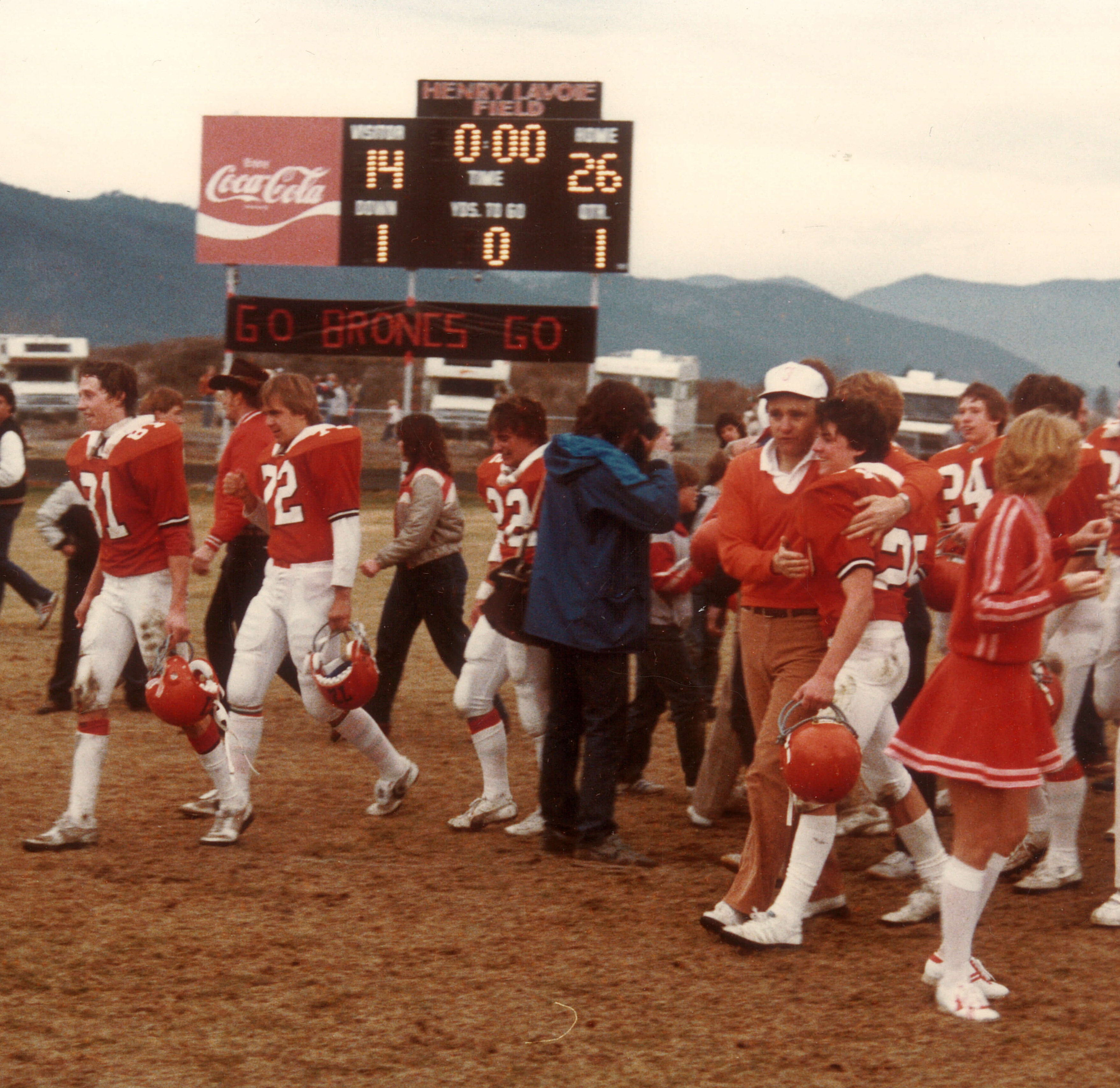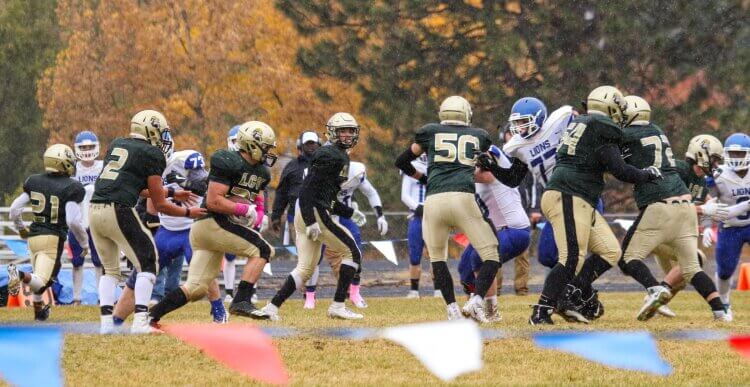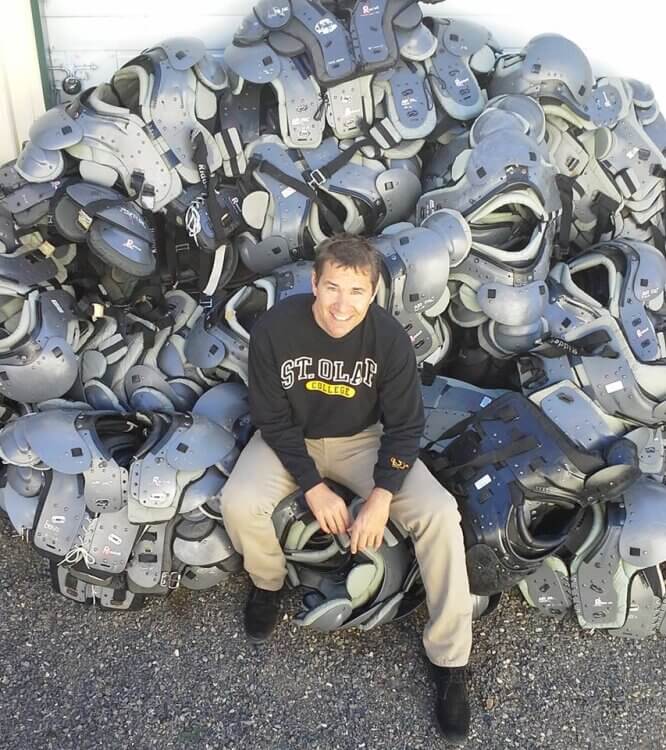
The sun broke through the late autumn clouds as we followed our captains off the field, gravel crunching beneath our shoes. As always, the five-minute walk was a time to process. I prioritized possible defensive adjustments. It was halftime of our 1997 Montana state championship football game, and we were down 20 – 7 against the highest-scoring team in the state. Though we had played well enough to stay in the game, three turnovers in our own territory had cost us. Nearing the locker room, Tim, the head coach, bumped my elbow and nodded towards four young men (later we learned, former opponent players) walking alongside our captains. One of the young men said, “So you’re number one in the state? Sure, doesn’t look like it.” To which another added, “That’s hard to believe! Sure, as hell won’t be much of second half.”
Our three captains kept walking without saying a word, we looked at one another, having a good idea of what was going through their minds—stay focused, trust the process, fix the mistakes, and play the second half. Turnovers aside, our offense had rushed for 130 yards. And our defense had played well, shutting down the opponent’s running game and pressuring their quarterback, perhaps the best passer in the state that year. He had thrown for nearly 200 yards and made a handful of spectacular plays, by avoiding pressure and scrambling to find an open receiver. We watched our captains confidently walk into the locker room.
By the fall of ‘97, Tim and I had coached together for 21 years. In those years our football teams had been in the Montana state football playoffs 14 times. Though we appreciated the challenges of coaching in playoff games, our greatest satisfaction came from the days and hours we spent coaching 60-70 high-school boys throughout the season, including the constant challenge of making ourselves better coaches who could identify and apply adjustments that would improve our program.





